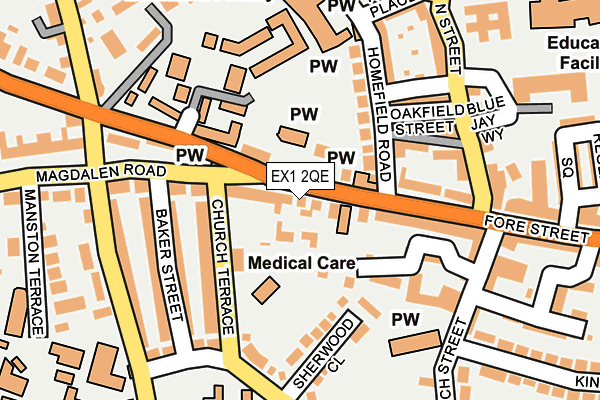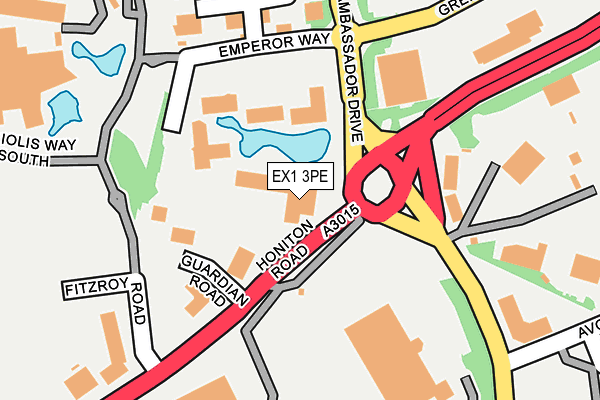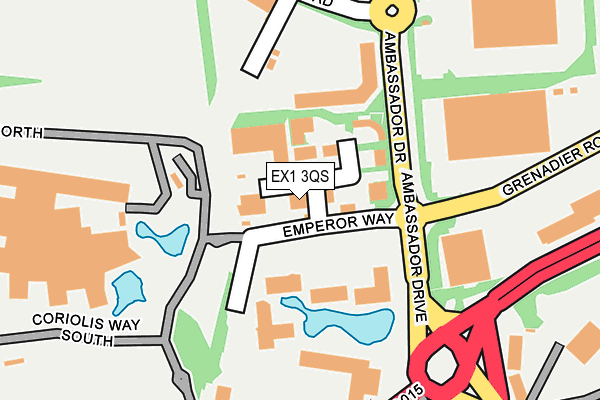
In the Glossography for the World of Greyhawk boxed set (1983), TSR indicated that T1: "The Village of Hommlet" (1979) was meant to be WG1 and that S4: "The Lost Caverns of Tsojcanth" was meant to be WG3. What About WG1-3!? Though "Tharizdun" was labeled as WG4, there were no previous "WG" adventures (and never would be).
Dungeonland ex1 maps series#
Gygax's Greyhawk revival resulted in "Tharizdun" being the first adventure that TSR put out specifically to support a setting - unless you count X1: "The Isle of Dread" (1981), which kicked off TSR's Known World support, but that was a lower-key sort of thing until the much-later "GAZ" series (1987-91). Gygax later said that he choose Nelson's artwork to highlight the "melodrama and pathos" of the adventure.Īn adventure being done by someone other than the design department was very unusual by 1982, as was having a single artist illustrate an adventure - that is, rather than the usual teamwork illustration done by TSR's art department.Ī First Setting.

Thus Eric Shook drew the maps, while Shook's mother, Karen Nelson, drew the evocative artwork. Much of the work was done by Gygax's new Greyhawk cadre. "Temple of Tharizdun" was reportedly produced very quickly by Gygax himself, rather than the company's design department. Most likely, this was all related to Gygax's "exile" to the west coast in 1982.Ī Quick Production. The last reference to the group can be found in Dragon #71 (March 1983) afterward, Greyhawk production tailed off for a few years. The sudden end to the revival was due to the Gygax/Kuntz/Shook team falling apart sometime in late 1982 or early 83. Sadly, though, this period ended very quickly, leaving behind numerous manuscripts that the Gygax/Kuntz/Shook team didn't complete for TSR, including "Wasp Nest: The City State of Stoink," "Maze of Zaene," "The Temple of Elemental Evil," and Steve Marsh's "Starstrands" planar setting. So, let's call the period beginning with the publication of S4 the "one-and-a-halfth wave" of Greyhawk publication (or perhaps just a brief expansive interlude). Before then, Greyhawk had been only lightly detailed through adventures like the infamous "GDQ" series and others, but starting with S4, TSR was now producing adventures that considerably expanded the setting's mythology and lore.

However, what Gygax, Kuntz, and Shook started in 1982 really constituted a serious expansion of the setting. The five publications (from "S4" to "WG5") fall within what's known as the "first wave" of Greyhawk publication, which extended from the setting's first adventures in 1978 through the last Gygax adventures reprints in 1987. This team would later put together three more major releases: EX1: "Dungeonland" (1983), EX2: "The Land Beyond the Magic Mirror" (1983), and WG5: "Mordenkainen's Fantastic Adventure" (1983). Kuntz showed up in late 1981 and helped to polish and finish up S4: "The Lost Caverns of Tsojcanth" (1982), while Eric Shook got his start doing the maps for "Temple." He brought two people back to TSR to help him in this: Rob Kuntz and Eric Shook.

In the early 80s, Gary Gygax tried to revive and expand Greyhawk, hoping to make it into the sort of better-defined campaign world that would become common in the 80s (but which was all but unknown in the 70s). WG4: The Forgotten Temple of Tharizdun (1982), by Gary Gygax, was the first (!) adventure in the World of Greyhawk series.Ī Return to Greyhawk.

Likewise, while it is placed within the Greyhawk Campaign, it can easily be adapted for play in any individual campaign that employs the Advanced Dungeons & Dragons game system. While it is designed to interface with "The Lost Caverns of Tsojcanth," this adventure is capable of standing alone. It contains background information referee's notes, encounter keys, outdoor and dungeon level maps, and new monsters and treasures. This special adventure is a combined wilderness and dungeon adventure scenario.


 0 kommentar(er)
0 kommentar(er)
